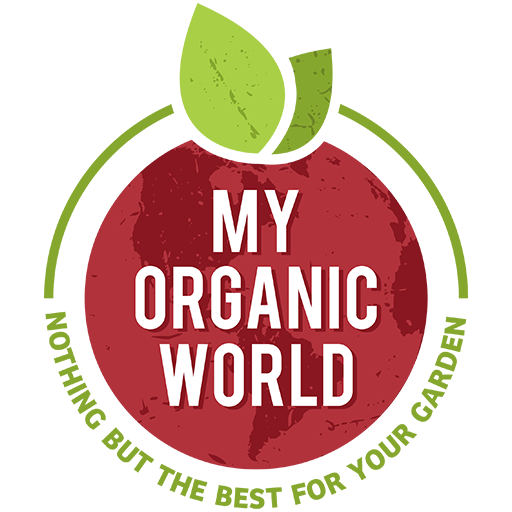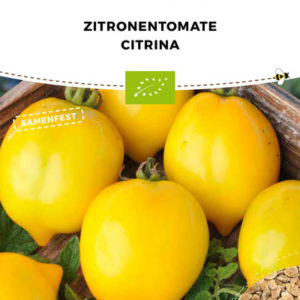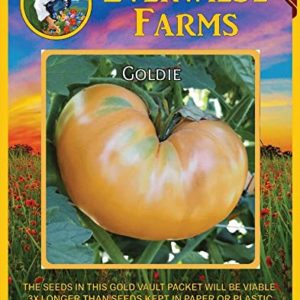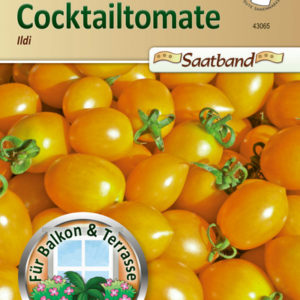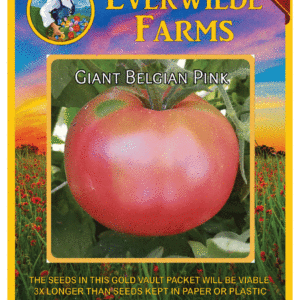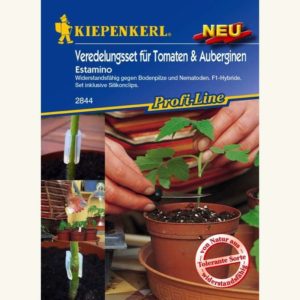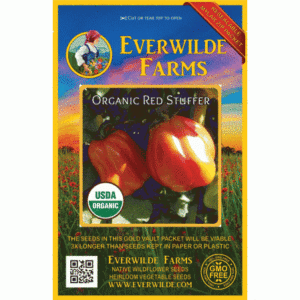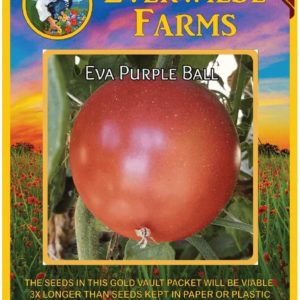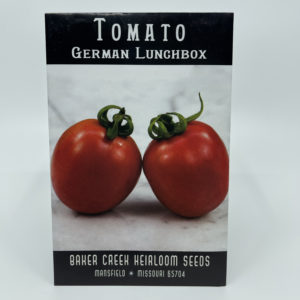Tomato Costoluto Genovese
1,950 د.ك
Costoluto Genovese is an old Italian, red-fruited, large and juicy beefsteak tomato with flat, ribbed and juicy fruits, which is still on the market in Italy. Their burst-resistant fruits, which weigh up to 250 grams, ripen relatively early and for a long time until October. The longer their fruits ripen, the finer their aromatic taste develops
Cultivation
Since tomatoes should only be kept in the garden from mid-May, when night frosts are no longer to be expected, they are preferred in a light and warm room as early as mid to late March, tomatoes germinate quickly and earlier cultivation is therefore not necessary. When it is warm enough in the garden, the plants are already strong enough to be planted out. Simply sprinkle the flat seeds at a distance of two centimeters on a moist sowing substrate and cover the seeds only lightly. Keep the growing medium moist, but not wet, by moistening it with a spray bottle. Cover the cultivation vessel with cling film, which you have provided with holes. This protects the earth from drying out. Every two to three days you should remove the film for 2 hours. This prevents mold from forming on the potting soil. Place the cultivation vessel in a light and warm place with a temperature between 20 ° and 24 ° Celsius and keep the cultivation soil moist, but not wet. The first seedlings should appear after a week or two. Now remove the cover and keep the plants in as much light as possible (but no blazing midday sun) and a little cooler, so that the young plants do not become overgrown. As soon as the second pair of leaves has developed, the young plants can be pricked out (individually) up to the first leaf in small 10 cm pots with holes in the bottom and tomato soil. Please take care not to damage the roots, which are still fine, and to lightly water the fresh soil. Place the cultivation vessel in a light and warm place with a temperature between 20 ° and 24 ° Celsius and keep the cultivation soil moist, but not wet. The first seedlings should appear after a week or two. Now remove the cover and keep the plants in as much light as possible (but no blazing midday sun) and a little cooler, so that the young plants do not ginger. As soon as the second pair of leaves has developed, the young plants can be pricked out (individually) up to the first leaf in small 10 cm pots with holes in the bottom and tomato soil. Please take care not to damage the roots, which are still fine, and to lightly water the fresh soil. Place the cultivation vessel in a light and warm place with a temperature between 20 ° and 24 ° Celsius and keep the cultivation soil moist, but not wet. The first seedlings should appear after a week or two. Now remove the cover and keep the plants in as much light as possible (but no blazing midday sun) and a little cooler, so that the young plants do not become overgrown. As soon as the second pair of leaves has developed, the young plants can be pricked out (individually) up to the first leaf in small 10 cm pots with holes in the bottom and tomato soil. Please take care not to damage the roots, which are still fine, and to lightly water the fresh soil. Now remove the cover and keep the plants in as much light as possible (but no blazing midday sun) and a little cooler, so that the young plants do not become overgrown. As soon as the second pair of leaves has developed, the young plants can be pricked out (individually) up to the first leaf in small 10 cm pots with holes in the bottom and tomato soil. Please take care not to damage the roots, which are still fine, and to lightly water the fresh soil. Now remove the cover and keep the plants in as much light as possible (but no blazing midday sun) and a little cooler, so that the young plants do not ginger. As soon as the second pair of leaves has developed, the young plants can be pricked out (individually) up to the first leaf in small 10 cm pots with holes in the bottom and tomato soil. Please take care not to damage the roots, which are still fine, and to lightly water the fresh soil.
care
As soon as your tomato plants have reached a height of ten centimeters, they need a rod as a support and can go outside during the day at at least 5 ° Celsius to harden. Make sure you have sufficient watering, as rapid evaporation takes place via the now rapidly increasing foliage. After the ice saints in mid-May, the plants can be transplanted into the garden bed or in the tub at a distance of 75 centimeters in full sun. The bucket should hold at least ten liters of soil and be well drained. Tomatoes need strong support rods that are well anchored in the ground or tomato spirals from the garden center. A place protected from rain and wind is also ideal. Make sure the watering is even to which the plant can get used to. The most important maintenance measure from now on is the ongoing skimming of the secondary shoots so that the main shoot receives enough light for its development. Remove any axillary shoots that form between the trunk and the branch base. Since the roots develop vigorously at first, the visible growth is slow in the first few weeks. Fertilize for the first time with a commercially available tomato fertilizer four weeks after planting at the earliest and a second time after another four weeks.
غير متوفر في المخزون
